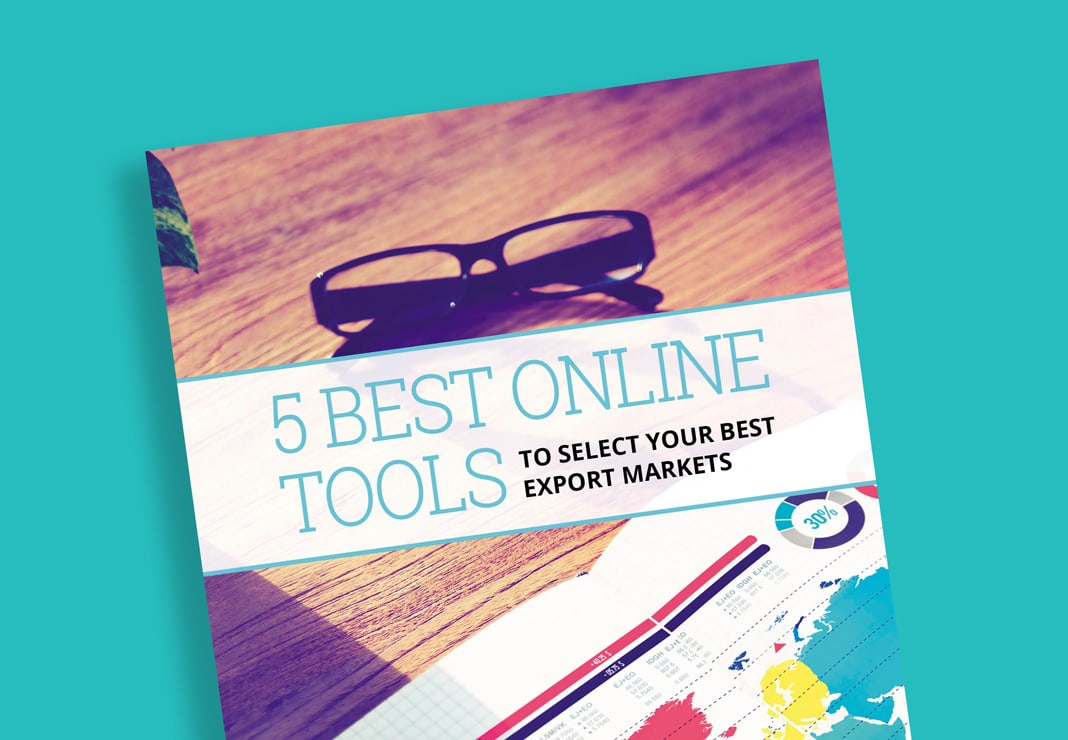Going global sounds promising and dazzling, and is often part of many business plans as a route to growth once the limits of local markets are reached. Likewise, many internationally-savvy companies and start-ups decide to incorporate a global strategy from the get-go, which has proven advantageous by companies like Apple, Google, and Netflix.
But exporting is an endeavor that’s not to be taken lightly and we spoke of this in our article Global Market is always your playground. The number one mistake when going global is selecting the wrong export markets. And with a plethora of data and resources available at your fingertips for free online, along with advice from consulting companies and trade services about how best to plan your export journey, it’s easy to feel overwhelmed. And that’s even before phrases like US-China trade tensions or Brexit have been pronounced! You have seen also the complexity and difference in performance on tools, when we compared machine learning and traditional analytics.
“As you move forward with your international business plan, keep in mind that the number one mistake when going global is selecting the wrong export markets.”
Whether you’re a new, expanding or experienced exporter and marketer, take the time to cover all the bases in this complex process before settling on the best option for your company and its goals. In this white paper, we’ll take a look at one step in particular, that of market selection. There is no “one size fits all” solution for the best approach or strategy. It is up to us, as business owners and managers, to figure out our way, guided by rigorous analysis and through trial and error. We strongly believe that small and large companies can be equal players on international markets.
Use this e-book to help you:
- Gain insight into how to better choose your export markets,
- Understand the differences between each tool,
- Learn how these tools can improve your global reach, and
- Learn how to conduct your own research more efficiently.





